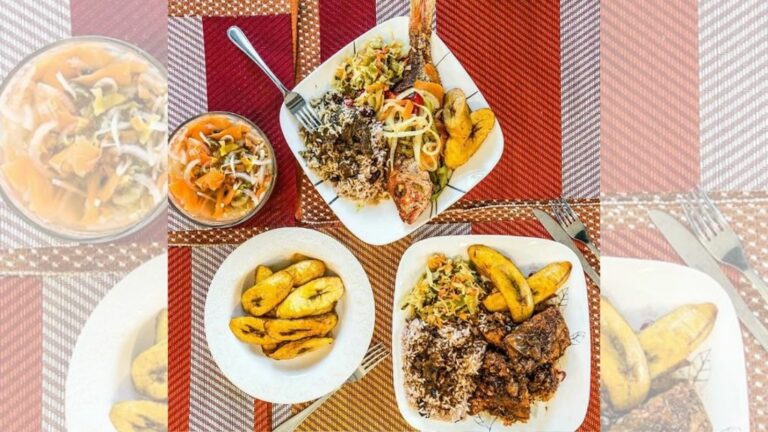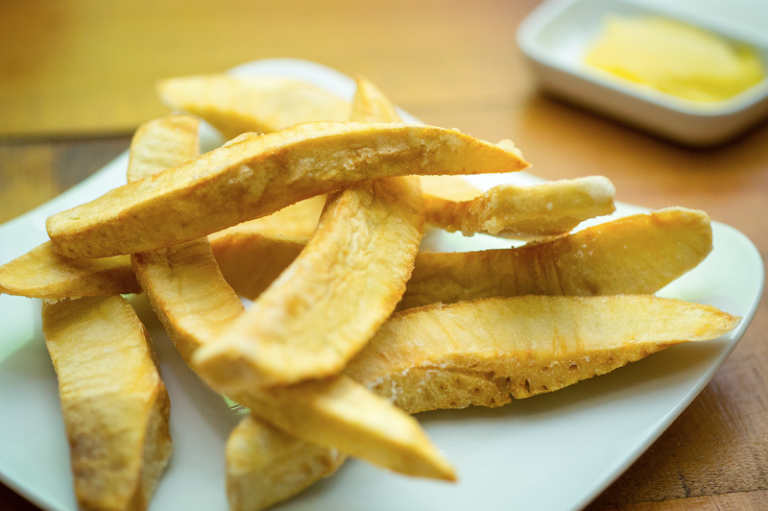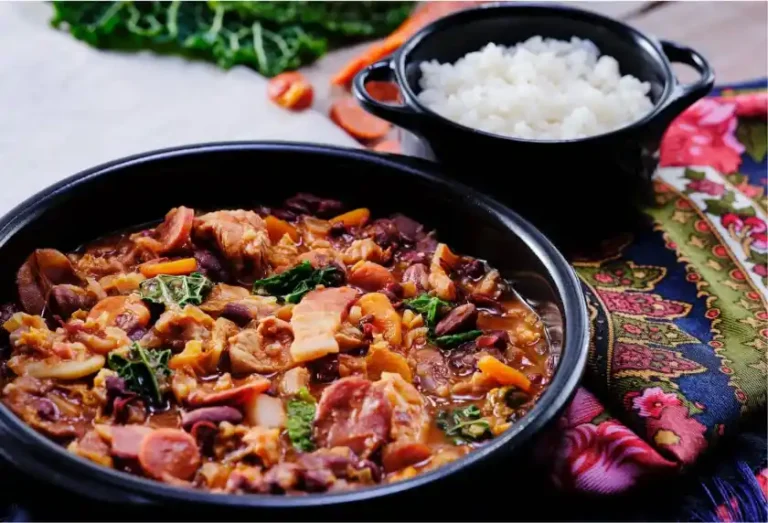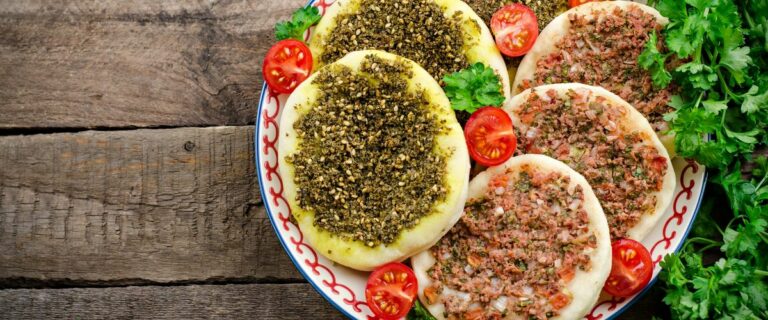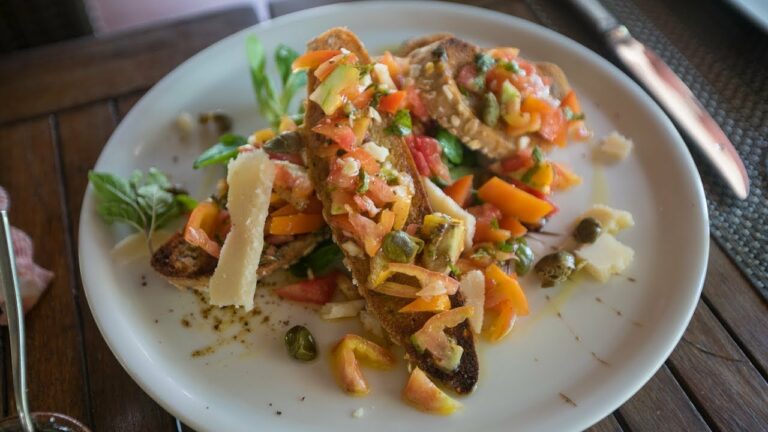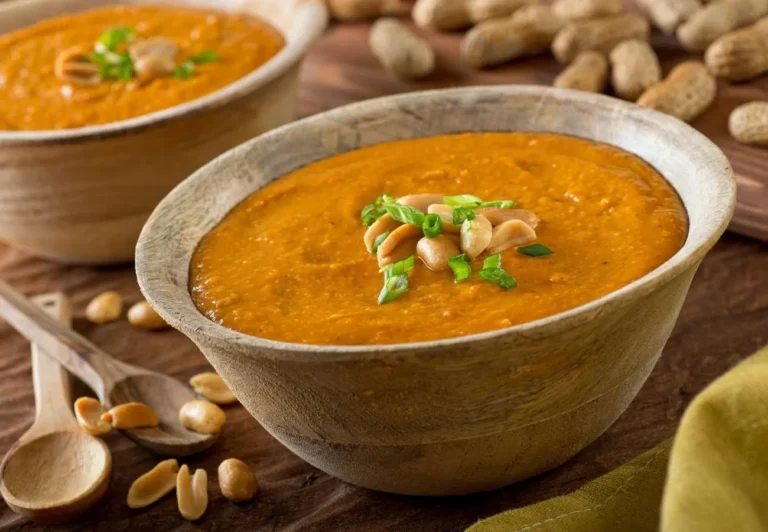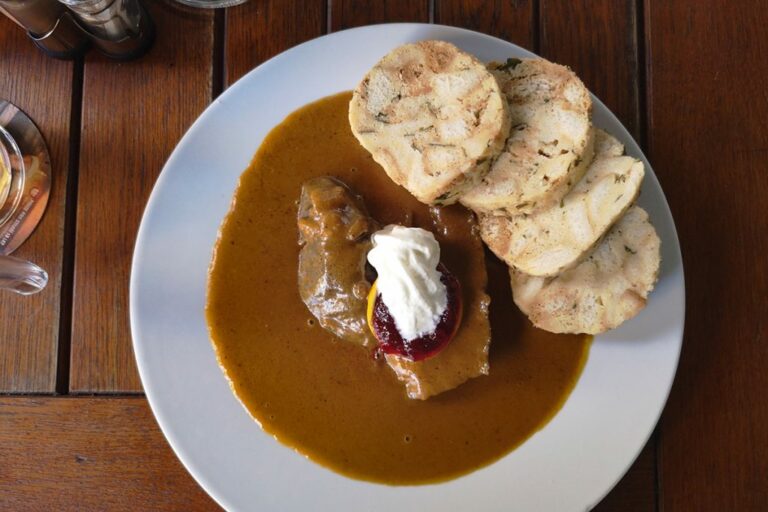Introduction: Exploring Saint Lucian Cuisine
Saint Lucia, an island nation located in the Eastern Caribbean, offers a rich and diverse culinary experience. Known for its fusion of French, African, and Caribbean flavors, Saint Lucian cuisine is a reflection of the island’s cultural diversity. From savory seafood dishes to sweet tropical fruits, Saint Lucia boasts a plethora of options to satisfy any palate.
Gluten-Free Options in Saint Lucian Cuisine
Saint Lucia offers a variety of dishes suitable for those with gluten-free dietary restrictions. One such dish is Green Fig Salad, made with green bananas, a staple ingredient in Saint Lucian cuisine. Another gluten-free option is Callaloo Soup, a vegetable-based soup made with leafy greens and coconut milk. Additionally, many seafood dishes are naturally gluten-free, such as Grilled Mahi Mahi and Caribbean Lobster.
Vegetarian Menu in Saint Lucian Cuisine
Vegetarian options in Saint Lucian cuisine include various plant-based dishes. One popular option is the Stuffed Breadfruit, a dish that features a breadfruit stuffed with vegetables and spices. Another vegetarian option is the Creole Vegetable Stew, made with a variety of vegetables and a flavorful tomato-based sauce. For a lighter option, try the Green Banana Fritters, made with mashed green bananas and spices.
Seafood Dishes for Pescatarians in Saint Lucian Cuisine
Saint Lucia offers many seafood dishes for pescatarians, including Grilled Snapper and Fish Escovitch. Fish Escovitch is a dish that features fried fish topped with a spicy vinegar-based sauce and pickled vegetables. For a unique experience, try the St. Lucia Sea Moss Drink, a refreshing beverage made with sea moss, a type of seaweed that is believed to have many health benefits.
Vegan Alternatives in Saint Lucian Cuisine
Vegan options in Saint Lucian cuisine include many of the vegetarian dishes mentioned above, as well as some unique options. For example, the Green Banana Curry is a vegan dish made with green bananas and a flavorful curry sauce. Another vegan option is the Spicy Plantain Chips, which are sliced plantains fried and seasoned with spices.
Dietary Restrictions: Adapting Saint Lucian Recipes
For those with specific dietary restrictions, it is possible to adapt many Saint Lucian recipes to fit your needs. For gluten-free options, substitute wheat or flour-based ingredients with gluten-free alternatives such as cassava flour or coconut flour. For vegan options, substitute animal-based ingredients with plant-based alternatives such as soy milk or tofu. With a little creativity and adaptation, anyone can enjoy the flavorful and diverse cuisine of Saint Lucia.

